 Could you imagine living in a world that is devoid of colours? Colour has always been omnipresent in the natural world, the buildings we live in, the food we eat, and the everyday products we use. Whether we notice it or not, our emotional state and rational decision-making can also be influenced by the colours we see. As such, colours and dyes are often used extensively to express artistic creativity, distinguish, or create specific moods, especially in the world of textiles and fashion.
Could you imagine living in a world that is devoid of colours? Colour has always been omnipresent in the natural world, the buildings we live in, the food we eat, and the everyday products we use. Whether we notice it or not, our emotional state and rational decision-making can also be influenced by the colours we see. As such, colours and dyes are often used extensively to express artistic creativity, distinguish, or create specific moods, especially in the world of textiles and fashion.
Unfortunately, the industrial processes of dyeing and finishing treatment to produce desired colours create a myriad of environmental impacts. For instance, there is an inevitable need to utilise high volumes of water and energy resources for the wash-off and the operation of steam boilers and equipment. At the end of the dyeing cycle, toxic effluents and by-products are also discharged which could potentially pollute waterways if untreated properly.
For DyStar, minimising production footprint has always been a key priority as they continue to remain a responsible leader in the specialty chemical industry. As a result of consistent innovation, DyStar offers safer, less water and energy-intensive dyeing and printing Cadira® concepts, compared to conventional equivalents in the current market, while not compromising on price and quality. Additionally, active steps are being taken to ensure that the manufacturing processes to create their dyes and auxiliary chemicals are sustainable to reduce its own production footprint.
Furthermore, DyStar also focuses on embedding Sustainability in its organisational culture. Through global internal Sustainability campaigns, DyStar employees were encouraged to practise mindful consumption of electricity at home. The company hopes that cultivating these conscious, good habits would help make it easier for employees to embody the sustainability mindset at work. As communicated in its annual Sustainability Integrated Report (IR), DyStar has a committed sustainability goal to reduce production footprint by 30% by 2025, with targets set across the focus areas of energy, water, greenhouse emissions, waste, and wastewater. And with the most recent report released for FY2021, there have been heartening progress achieved and admittedly, some challenges faced in certain areas.
DyStar’s Progress Towards 2025 Targets
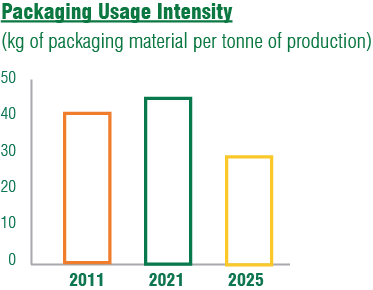
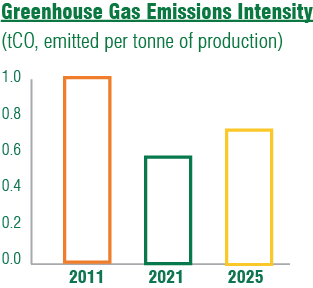
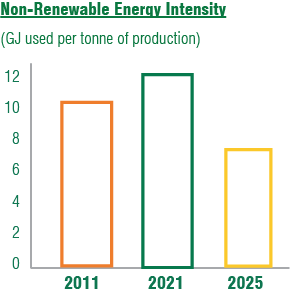
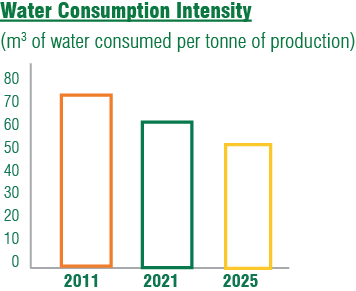
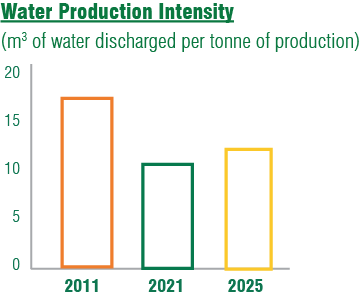

Sustainable growth for any business is always a work-in-progress, and DyStar is committed to continue striving towards greater growth in its sustainability efforts even beyond 2025. DyStar is always on the lookout for possibilities to work in synergy and collaborate with partners and players in the industry, upstream and downstream of the value chain to create a colourful and vibrant future for the generations ahead.
Learn more about DyStar’s sustainability efforts and their progress, visit www.dystar.com/sustainability-reports/
*DyStar and Cadira are registered trademarks of DyStar Colours Distribution GmbH, DE.



